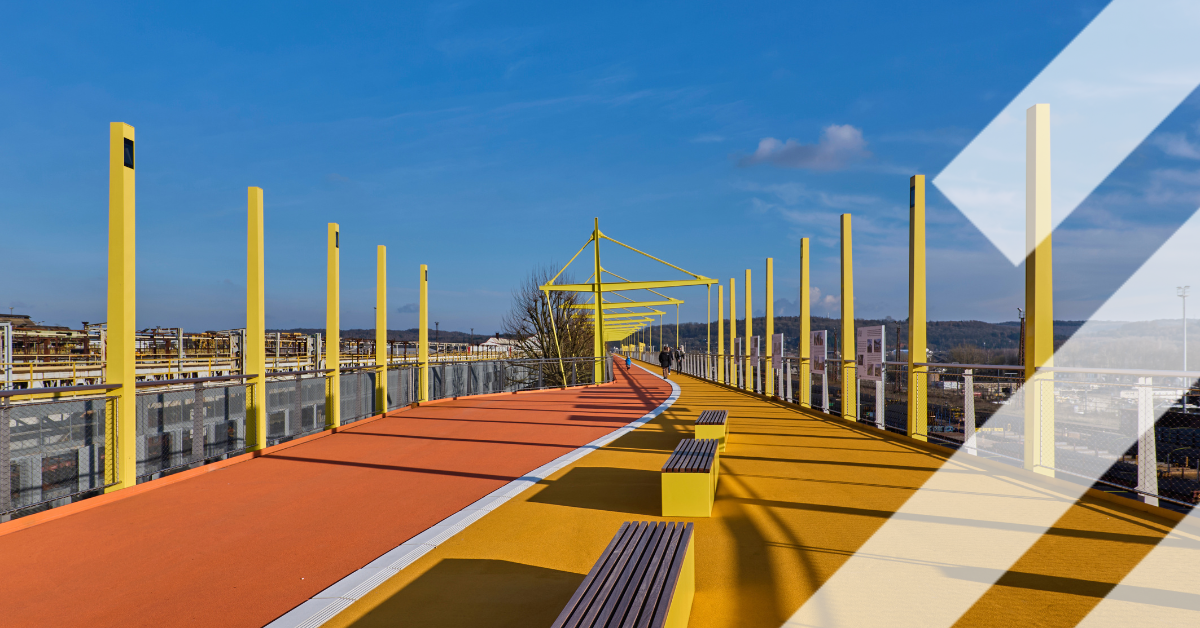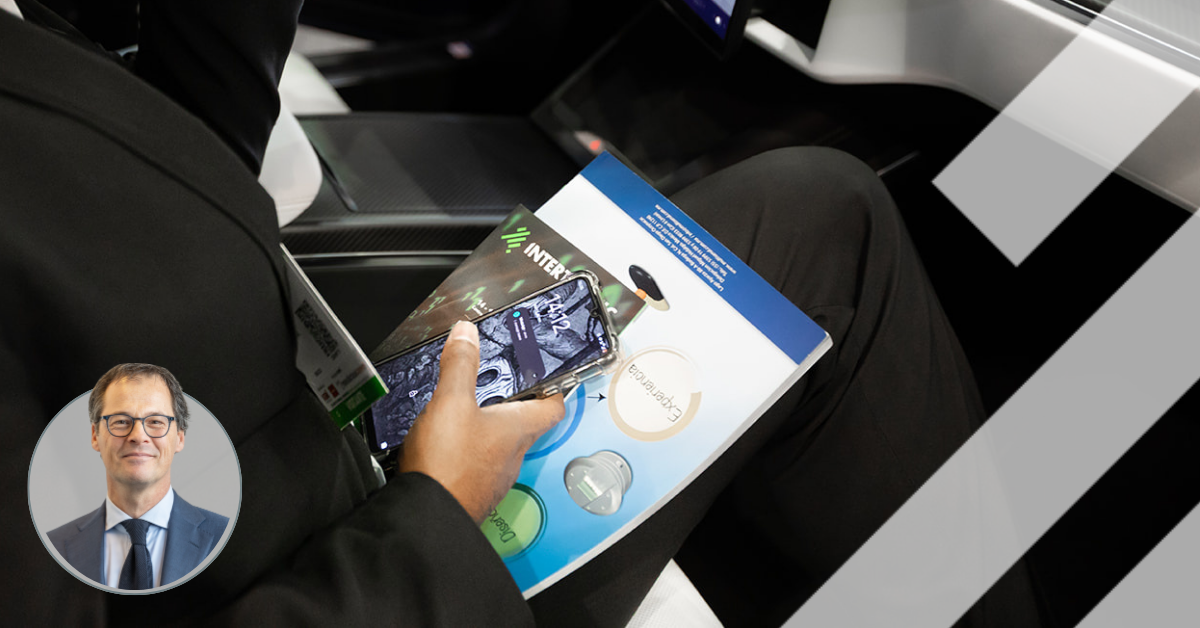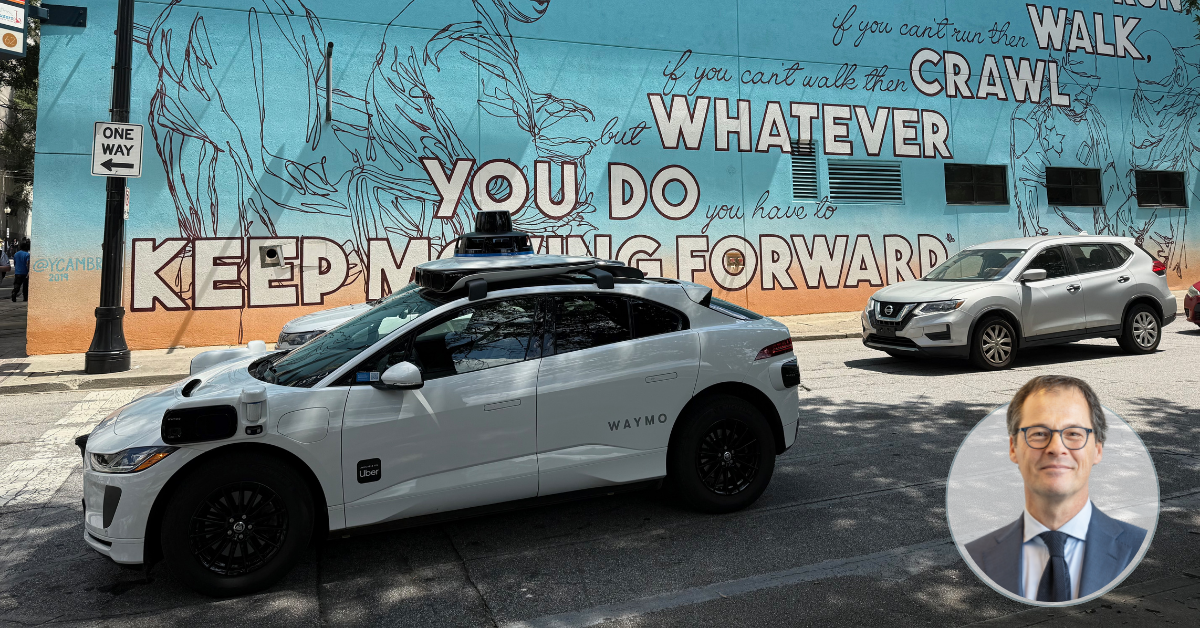Luxembourg is laying claim to being the most progressive region in Europe when it comes to mobility, by incorporating autonomous vehicles and CCAM with enhanced cycling infrastructure and free public transit, alongside a policy of never disincentivizing car use. Is it really possible to have it all?
Luxembourg’s mobility policy reflects a country of efficient and consensual governance. This Grand Duchy at the heart of Europe covers just 2,586km2 (998 square miles) and has about 672,000 inhabitants. Perhaps smaller societies are more manageable and it helps to be the wealthiest nation on Earth by per capita GDP. Nevertheless, Luxembourg is not exempt from mobility challenges.
Having transitioned from steel-industry reliance to become a prosperous financial centre, it must absorb a daily influx of 230,000 commuters from Belgium, France and Germany. In fact, Luxembourg’s world-leading GDP results from a calculation which excludes a cross-border workforce equal to nearly one-third of its resident population.
“Economic attractiveness creates a capacity issue,” says Jean Schiltz, head of smart mobility at Luxembourg’s Ministry of the Economy. “Each year, we need 2% to 4% more transport just to maintain a constant level of mobility in spite of externalities.”
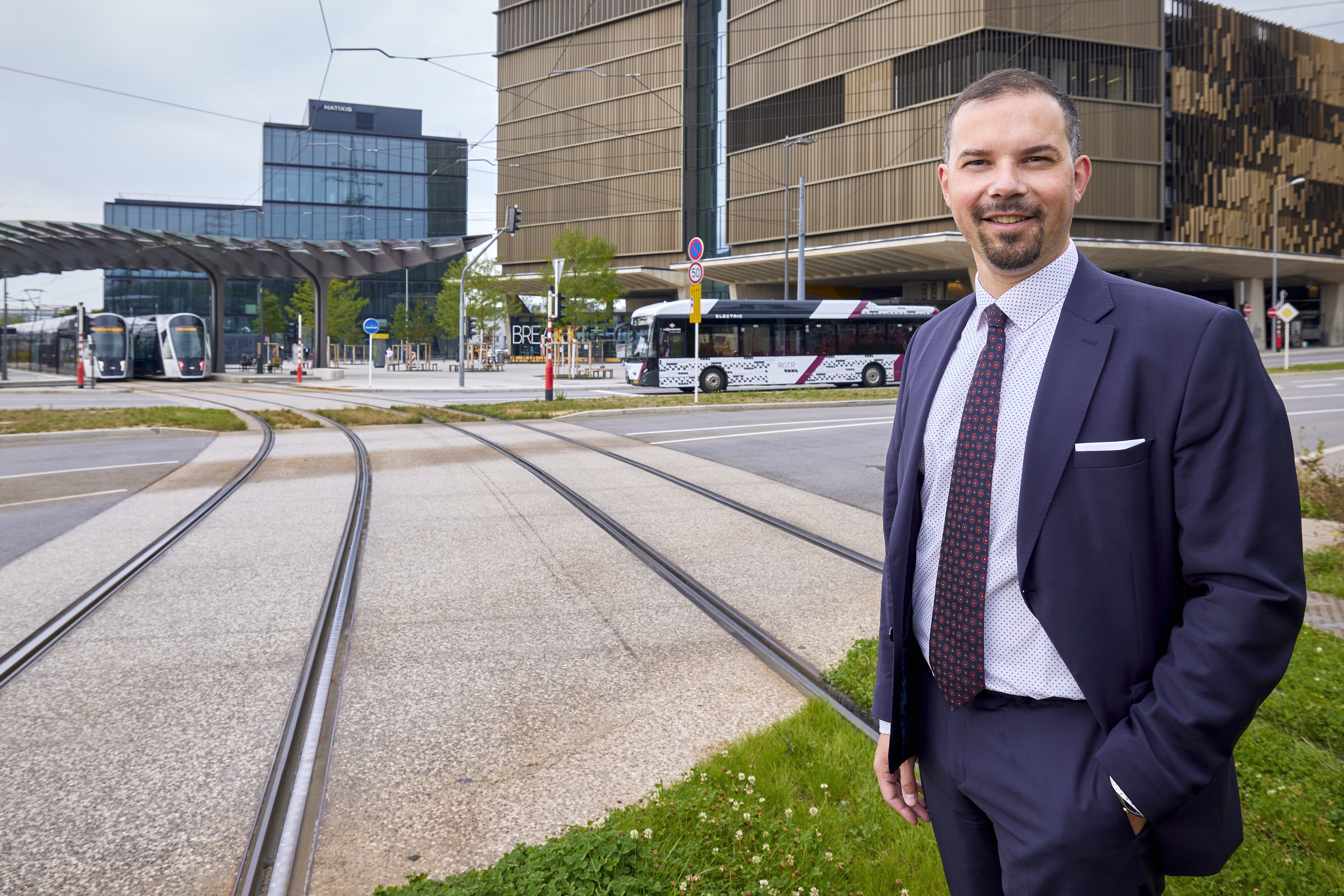
To accommodate the close-to quarter-million commuters who enter Luxembourg each day, (53% from France, 24% from Germany and 23% from Belgium) the government reserves €100m to fund specific projects in a so-called greater region extending 50km beyond its borders. It has invested in French and German rail infrastructure and French park-and-ride facilities to benefit cross-border workers and better channel their daily influx.
In June 2022, Luxembourg, France and Germany completed a 44-month cooperative, connected and automated mobility (CCAM) pilot entitled 5GCroCo, trialing 5G technologies for CCAM on a cross-border European corridor connecting the cities of Metz (France), Merzig (Germany) and Luxembourg City
5GCroCo demonstrated three use cases for smart mobility: teleoperated driving to increase road safety by allowing remote control of vehicles through 5G connections; generation and distribution of high-definition maps based and the exchange of accurate data among vehicles; and anticipated cooperative collision avoidance solutions to avoid accidents by exchanging real time information among cars at a very low latency.
The trials proved that seamless service continuity on 5G networks can be guaranteed across borders. The service continuity solution implemented in 5GCroCo was achieved through a cross-border (and cross-MNO) handover, which results in an almost imperceptible service interruption time of around 120ms – a significantly reduced latency compared to tens of seconds, or even minutes, experienced with current systems.
“We try to be pragmatic in Luxembourg,” says Schiltz. “European Union operations require considerable mobility between Brussels, Strasbourg and Luxembourg. Coordination is needed to ensure fluidifying one section of a corridor doesn’t just create traffic across the border."
Historically, many Luxembourgers have opposed growth they associate with increased congestion. But sentiment has started to shift thanks to a Plan for National Mobility 2035 (PNM 2035) embracing growth with a comprehensive multimodal strategy.
PNM 2035 won the International Association of Public Transport (UITP) award for the world’s best public transport strategy in 2023. It presents the shift needed to accommodate 40% more journeys in forensic detail, down to specific projects. Given Luxembourg’s five-year electoral cycle, its 15-year ambitions depend on cross-party consensus.
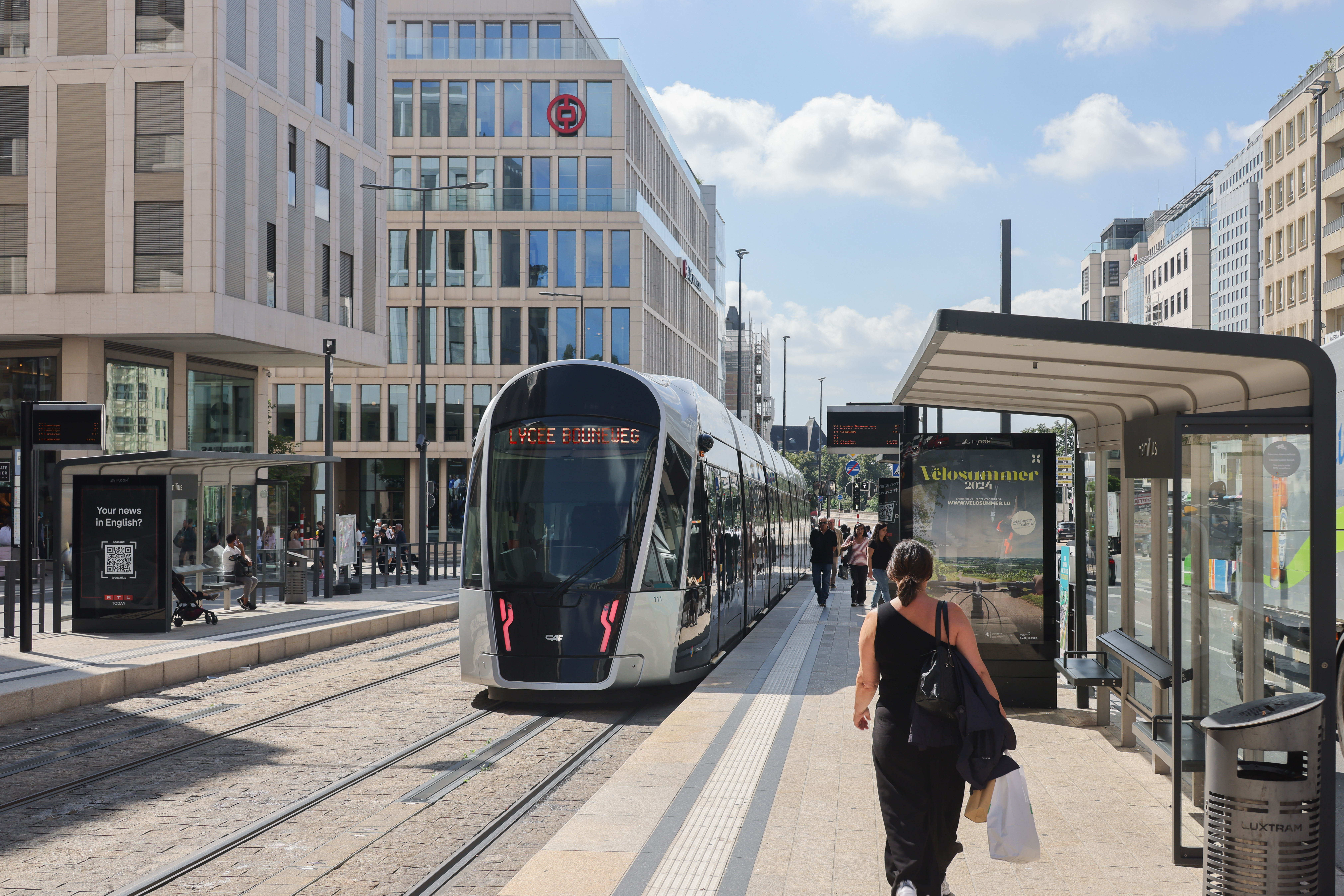
“If every administration stopped the work of its predecessors, nothing would ever advance,” says Christophe Reuter, a first government advisor at the Ministry of Mobility and Public Works (MMTP) which is responsible for PNM 2035. “Therefore, we need a fundamental planning philosophy which finds agreement across the political spectrum.”
Elected in 2023, Luxembourg’s center-right administration recently committed to the PNM 2035 policy framework of the previous coalition, an example of constructive political transition not found in all democracies.
Planning around bottlenecks
Beyond its eponymous capital, Luxembourg encompasses smaller towns, considerable rural territory and rolling hills within the northerly Forest of Ardennes. PNM 2035 addresses urban mobility, rural mobility and the transitions between them. But inevitably, congestion becomes most acute along the pressurized arteries of its flourishing metropolis.
Luxembourg City sits atop precipitous cliffs which the Pétrusse and Alzette rivers encircle with plunging 70m gorges. The formidable geology which made it a natural fortress during the French Revolutionary Wars means daily commuter traffic must be funneled into the city across bridges and viaducts.
“Our planning looks at those bottlenecks,” says Reuter. “We project the number of people we need to get through them in future. Only then do we choose the right packaging in terms of vehicles.”
While single-occupancy cars represent the least spatially-efficient ‘packaging’, their use is considered a matter of personal choice and never penalized. Policy rather focuses on enabling free citizens to choose better options by making them sufficiently attractive. New park-and-ride facilities capture incoming flows of commuters, connecting them to shared mobility, public transport or cycling infrastructure into the city.
Reuter believes policy centered on people rather than vehicles provides the route to consensus. “Our strategy doesn’t promote any one mode of transport,” he says. “It focuses on getting the individual from A to B by providing attractive multimodal choices.”
Going multimodal
In December 2017, trams were reintroduced after a 60-year absence on the first line of a 16km system set to become Luxembourg City’s high-capacity backbone. Once a controversial project with 80% of citizens opposed, the tramline commanded 95% public support six months after opening and often runs close to capacity.
For Reuter, the success of trams explodes preconceptions of a ‘car culture’. Luxembourg has the highest rate of car ownership in Europe with two cars to every three inhabitants (babies included). Globally, this is equaled only by the Gulf states, providing an ideal context to disprove notions of inherent national predisposition towards particular modes.
“There is no car culture, but only a quality culture,” Reuter contends. “People simply choose the best infrastructure available. There is no cycling culture in the Netherlands, car culture in the United States or gondola culture in Venice - those are just the best ways of getting around.”
“Nobody can blame people for not using dangerous cycling infrastructure, or trains which are always late,” he continues. “But when you provide high-quality alternatives, people switch naturally and intuitively, without discussion or remorse.”
Opened in 2022 to connect two districts of Esch-sur-Alzette by overpassing a steelworks, the 1.2km Vëlodukt is the world’s longest cycle bridge outside China. Less spectacular is the cost-efficient and non-disruptive policy of incorporating cycling in every new road project. Eventually, this may create infrastructure cyclists use because it connects every house in Luxembourg, using roads as its template.
Luxembourg also encourages public transport use through its headline-grabbing scheme of making every standard class trip not just ticketless, but completely free, since 2020. For more on this don’t miss the 2025 edition of Intertraffic World magazine, published February 2025.
The Ministry of the Economy anticipates Luxembourg’s shift to a less car-centric ‘mobility balance’ attracting innovators to help drive continued growth. Providing a living laboratory for pilots establishes a domestic knowledge-base to enable mobility transition while offering companies a strategic European foothold.
Autonomous mobility
Volvo electric buses now operate in Luxembourg, which provided a testbed for supporting infrastructure and real-world tests. New Zealand operator Ohmio is testing autonomous shuttles as prelude to an operational last-mile solution (see Intertraffic World 2025, published February 2025, for more). Chinese autonomous taxi firm Pony.ai recently signed a memorandum of understanding with the economic ministry and will establish European headquarters in Luxembourg.
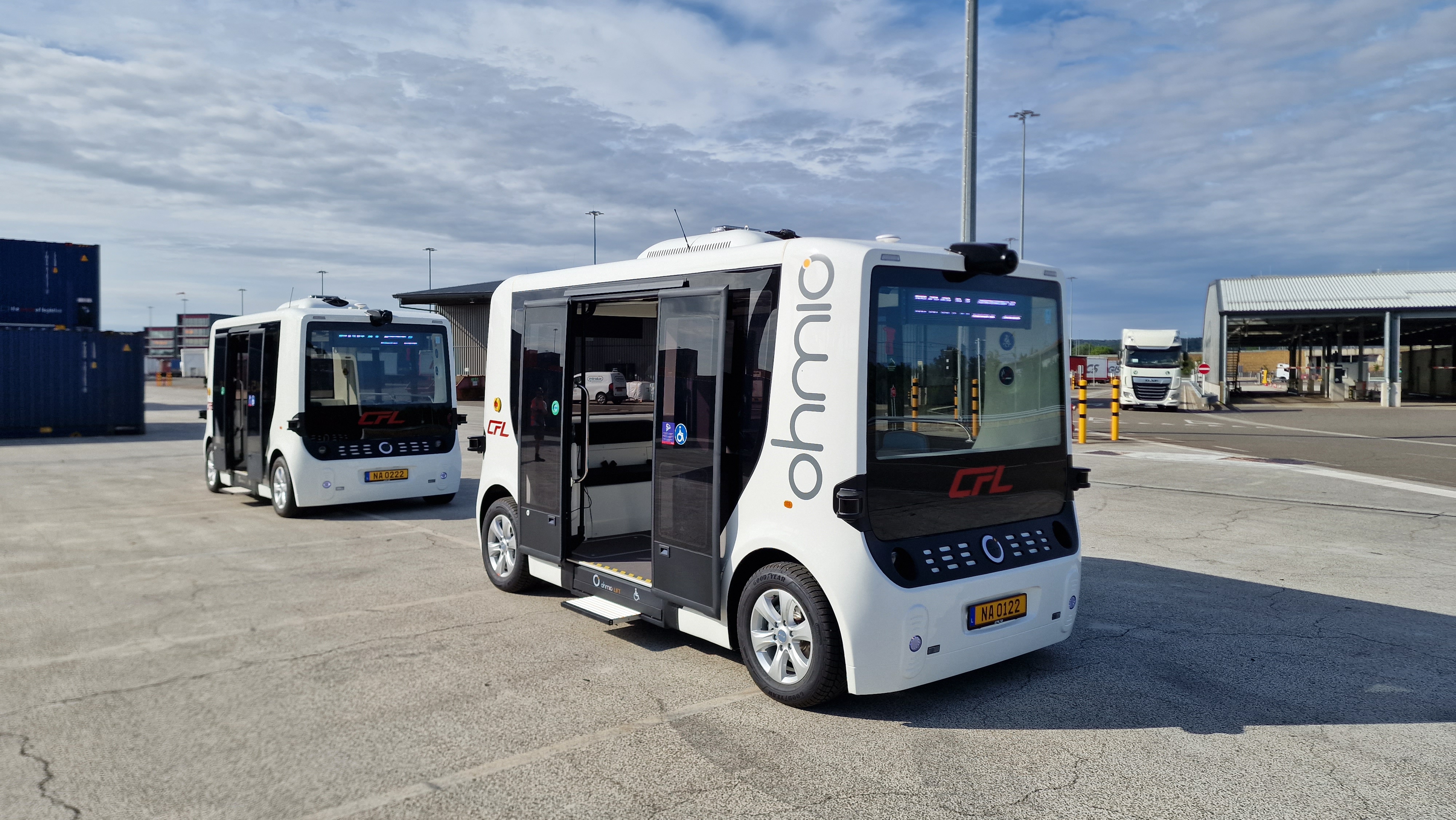
“We consider ourselves a springboard into Europe,” says Schiltz. “We are implementing all the rules defined by European legislation. It means if you can operate here, you will comply with legislation in other member-states.”
A designated economic activity zone not far from the Grand Duke’s palace in Bissen, central Luxembourg aims to incubate the new mobility balance. Already a base for Goodyear and automotive supplier IEE, Bissen’s burgeoning automobility campus is attracting overseas innovators like Ohmio to establish a bridgehead for European operations.
Luxembourg will explore potential benefits of automated driving, such as safety and resilience to driver shortages, as European regulatory and technical frameworks continue to mature. Pony.ai may contribute to understanding how higher-speed applications can be integrated into its network. Luxembourg does not expect AVs to require new physical infrastructure, but is well-equipped to support them digitally thanks to multiyear investment in connectivity.
Yet it remains uncertain how removing drivers from vehicles addresses the essential PNM 2035 goal of moving individuals more efficiently. Further pilots may answer unresolved questions. How will automated driving make cities more liveable? How will it avoid doubling traffic with vehicles returning empty? How will it work where pedestrians realize vehicles are safe to obstruct?
Fortified by nature against invaders, Luxembourg has adapted to 80 years of peace and become a flourishing beacon of European prosperity. Though political and economic tides may subject a social model based on civilized compromise to fresh strain, mobility transition shaped by well-funded and insightful pragmatism reaffirms its capacity to meet the future.
This article is an edited preview of one that will appear in the forthcoming Intertraffic World 2025.
